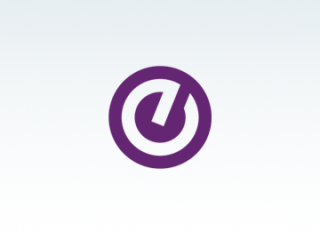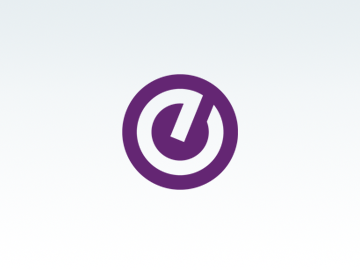Are you drowning in data?
That’s not a question one hears very often, if at all. When we think someone may be drowning, we react with vigour, directness, and a strong sense of urgency. The picture that comes to my mind in response to someone drowning is of a lifeguard who throws out a life-saving ring and rushes to the person’s assistance.
In my work for Ellucian as a business analytics consultant, I regularly encounter colleges and universities that are drowning. They are not drowning in the deep end of a swimming pool where a lifeguard can save them. Instead, they are drowning in data and often have no idea how to save themselves.
This problem gives no indication that it will improve any time soon. Just search the term “what happens in an Internet minute?” and I’m sure you’ll be amazed at the sheer volume of activity. On a more serious note, Michael Schrage recently noted in the Harvard Business Review that “organisations should expect 10 to 1,000 times more data in the next 12 to 18 months.”
To make matters worse, higher education leaders comment that even as the volume of data steadily increases, the value of the data lags considerably. My favourite comment about this from a college finance officer was, “I have plenty of data, but it’s all in incomprehensible Excel spreadsheets. It’s almost impossible to decipher.” For more on this, see the recent blog series from Ellucian, “Data Rich, Insight Poor.”
So, what can higher education leaders do to deal with this dilemma? The first question to ask is a simple one: “Is the data accessible?” In higher education, we have an unfortunate, but common, pattern of treating our data as if it is contained in siloes. Each functional area tightly holds on to its own data, with the intention of keeping it safe and isolated.
So, even though our institutional data systems provide integration, our behaviours and our culture restrict the sharing of data and we end up treating data as a departmental asset, not an institutional one.
Why do we do this? I think there are three reasons:
- The departmental data “owners” are concerned that data will be misinterpreted or misunderstood by others, so access is “guarded” or protected—by simply not being shared
- The departmental data owners want to control who may access “their data,” sometimes requiring direct communication with the staff member seeking the data, in effect “vetting” the individual—this behaviour is inefficient and can be very time consuming
- Incentives around the data reinforce silos rather than the common good: measures and reports are often set up to reflect departmental objectives rather than institutional ones
Another common issue that interferes with access to institutional data is the presence of shadow databases.
Shadow databases are typically created and maintained within a specific office and the data that they contain is frequently “invisible” from institutional use. Again, no value can be gained from that data. Shadow databases pose other problems, including lack of synchronisation with the master database, failure to observe appropriate data security measures and meager, if any, backup and recovery options.
Despite these challenges with data visibility and accessibility, the expectations of institutional data are changing and there is renewed emphasis on finding value amongst all of the data that has been collected. In his recent blog, Northern Arizona University CIO Steve Burrell wrote that, “the early 2000s brought a shift in focus with increased accountability of institutional outputs. Institutions evolved their focus toward more sophisticated monitoring of re-enrolment, academic performance and financial information to understand student retention, progression and graduation outcomes.”
In my next blog, I’ll explore some of the other current challenges confronting the use of data in higher education and comment on how higher education leaders might be able to break down the silos in order to share that data.

